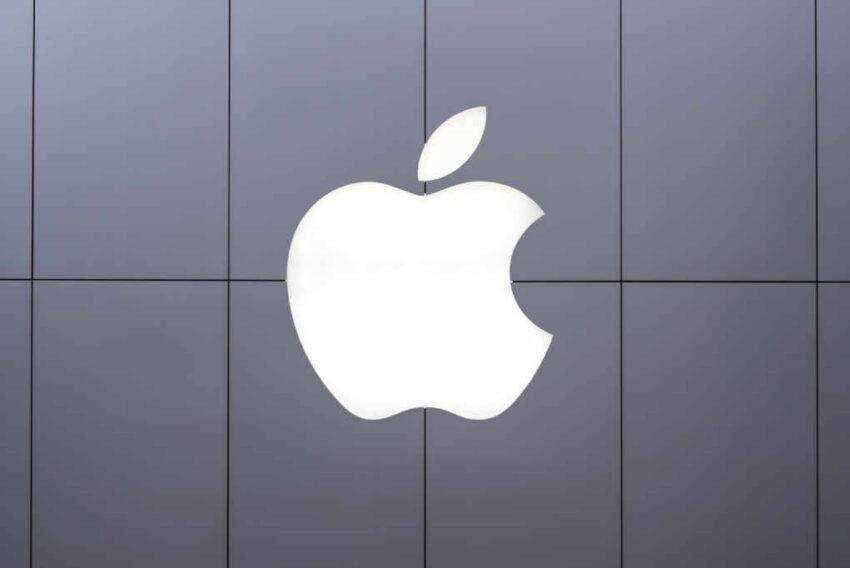Apple signals the end of an era with macOS Tahoe, marking the final software update for Intel-based Macs as the company completes its transition to its own custom silicon.
At a Glance
- MacOS Tahoe will be the last major update to support Intel-based Macs, ending a 15-year partnership
- Apple completed its transition from Intel processors to Apple Silicon chips by 2023
- Intel Mac owners will receive security updates for three years after Tahoe’s release
- Rosetta 2, which allows Intel apps to run on Apple Silicon, will be discontinued by 2027
- Many 2019 and 2020 Mac models will be cut off from future major updates
The End of an Era for Intel Mac Users
Apple’s latest announcement at its Worldwide Developers Conference has confirmed what many tech analysts predicted: macOS Tahoe will be the final major operating system update for Intel-based Mac computers. This milestone marks the conclusion of Apple’s strategic shift away from Intel processors, which began in 2020 when the company first announced its intention to develop and implement its own custom silicon chips. The transition was completed by 2023, with all new Mac products now shipping exclusively with Apple-designed processors.
Watch: Can Your Mac Run macOS Tahoe? FULL LIST + 7 DEAD MACS!
The decision affects millions of Mac users worldwide who purchased Intel-based machines in recent years, including some models released as recently as 2020. While these computers will continue to function, they will not receive any major feature updates beyond macOS Tahoe. This represents a significant shift in Apple’s hardware support timeline compared to previous generations of Mac computers, which typically received updates for five to seven years after their initial release.
Security Updates and Transition Support
Despite ending major updates for Intel Macs, Apple has committed to providing security updates for these machines for three additional years following the release of macOS Tahoe. This extended security support will help protect users against emerging cyber threats and vulnerabilities, allowing Intel Mac owners to continue using their devices safely through approximately 2027. However, these updates will focus exclusively on security patches rather than introducing new features or capabilities.
Apple also addressed the future of Rosetta 2, the translation layer that enables Intel-designed applications to run on Apple Silicon machines. The company announced that Rosetta 2 support will be discontinued with the macOS version released in 2027. This decision puts pressure on software developers who have not yet updated their applications for Apple Silicon to do so within the next three years, or risk their software becoming incompatible with future Mac computers.
Impact on Mac Owners and the Future Landscape
The announcement has particular significance for owners of 2019 MacBook Pro models and other Intel Macs released just a few years ago. These relatively recent purchases will be unable to access future macOS versions after Tahoe, potentially accelerating the replacement cycle for many professional and consumer Mac users. For businesses and institutions that deployed Intel-based Macs in recent years, this creates new considerations for their technology refresh planning and budgeting.
Beyond the technical implications, macOS Tahoe introduces a refreshed design language that aligns with Apple’s latest aesthetic direction across its software platforms. The update brings visual consistency with iOS and iPadOS, creating a more unified experience for users of multiple Apple devices. For Apple Silicon Mac owners, the update provides full access to these design improvements and new features, while Intel Mac users will receive their final major update before entering the security-only support phase.
The clear technology roadmap Apple has provided gives both users and developers time to adjust to the new reality of an all-Apple Silicon Mac ecosystem. By 2027, Apple expects all software in its ecosystem to be native to its custom processors, completing a transition that represents one of the most significant architectural shifts in the company’s history since moving from PowerPC to Intel processors in 2006.
Click this link for the original source of this article.
Author: Editor
This content is courtesy of, and owned and copyrighted by, https://thecongressionalinsider.com and its author. This content is made available by use of the public RSS feed offered by the host site and is used for educational purposes only. If you are the author or represent the host site and would like this content removed now and in the future, please contact USSANews.com using the email address in the Contact page found in the website menu.








